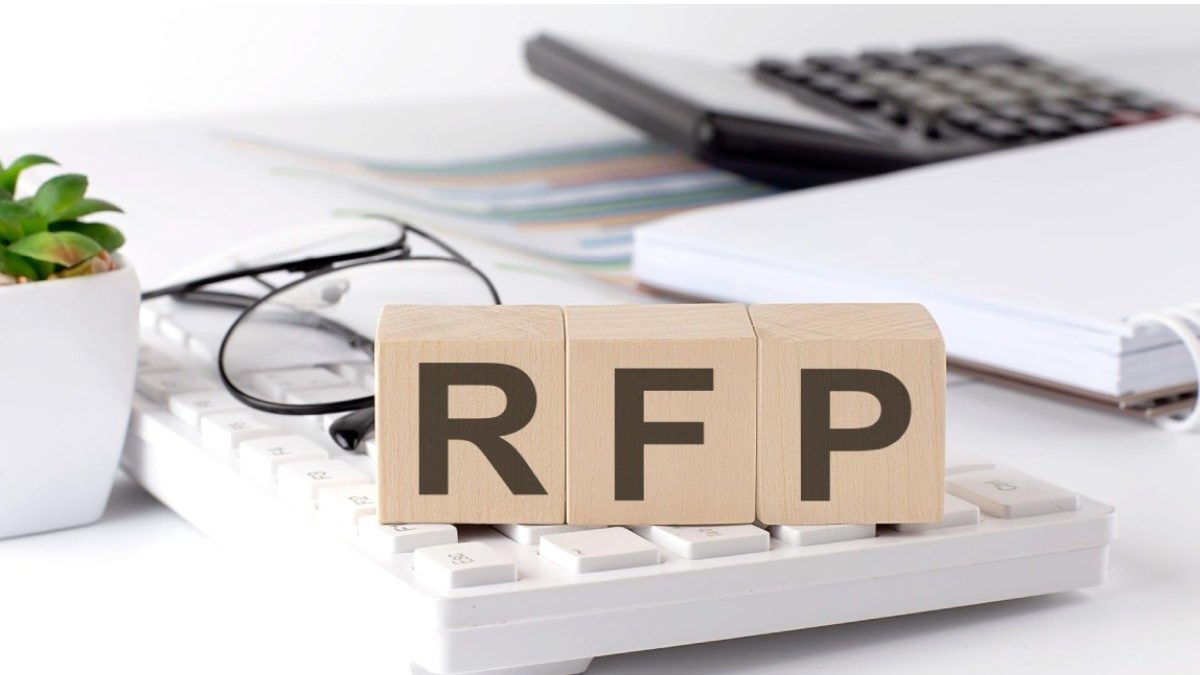In the digital age, with rapid technological advancements making traditional business processes obsolete, companies need to adapt and evolve. This is particularly true when referring to the process of Request For Proposal (RFP). A crucial part of many businesses, particularly in the B2B sector, the RFP process can often be long, complicated, and time-consuming. However, as RFP processes need to align more with the digital economy, many companies are looking to automation to streamline and improve their RFP processes. Despite this, the transition may not always be seamless, and numerous challenges are often encountered. In this article, we’ll tackle some of these common challenges and propose solutions to help you navigate through your journey toward RFP automation.
The Transformation From Traditional to Automated RFP Processes

Every journey to digital transformation starts with a decision to leave the familiar behind. For most organizations, the traditional RFP process has been a proven method to vet and compare vendors. However, this old system is time-consuming, labor-intensive, and susceptible to human error. The shift to automated RFP processes requires a significant change in mindset and the willingness to take calculated risks. This transition can cause anxiety, resistance to change, and even a lack of support among members of the organization.
One way to cope with this challenge is to arrange in-depth training sessions and workshops for employees. This enables them to understand the benefits of automation and reduces resistance to change. Another way is to involve all relevant stakeholders in the decision and implementation process. Transparent communication about why the change is necessary and how it benefits everyone can help garner support for the transition to RFP automation.
Setting realistic expectations about the automation process can also prevent disappointments. While RFP automation can make proposal management more efficient, it will not make it perfect. Defining what success looks like and routinely measuring performance against those benchmarks can foster adaptability and resilience during the transition period.
Dealing With Integration Issues in RFP Automation
Integrating RFP automation software into existing systems can be a daunting task. Integration issues can either occur due to software incompatibility or a lack of expertise in handling the new technology. Not to mention, there’s always the threat of unexpected glitches and bugs that could potentially disrupt the operations of a company.
The best way to overcome integration issues is by working with a reputable software vendor that can guide you through the integration process. A well-versed vendor will not only foresee and prepare for possible technical hurdles but also provide ongoing technical support to quickly address any issues that may arise. The vendor may even offer customization features to make the software more compatible with your systems.
Investing in employee training is crucial here as well. They should know how to use the new system and troubleshoot basic issues. Furthermore, the support of the IT department is necessary to iron out technical difficulties and ensure the smooth running of the RFP automation software.
Ensuring Data Security in RFP Automation

With digital transformation comes the risk of data breach and security issues. In an automated RFP process, a large amount of sensitive information about your company and your suppliers is stored digitally. This increases susceptibility to cyber threats and unauthorized access.
When choosing an RFP automation system, ensure it has robust security measures in place. This includes encryption, two-factor authentication, secure user controls, and regular backups. The software should also comply with relevant data protection regulations to protect your company’s information. Moreover, you’ll need to regularly update the software to implement any available security upgrades.
Again, proper training is paramount for employees. Training employees about the responsible use of the system and about cybersecurity best practices reduces the risk of human-error-related breaches. Formalizing a comprehensive data security policy can guide the employees on how they can guard against potential threats.
Overall, while the journey toward RFP automation can present several challenges, the potential rewards in terms of increased efficiency, improved consistency, and enhanced compliance make it a worthwhile endeavor for most organizations. With careful planning, strong support from all levels of the organization, and persistent efforts to overcome obstacles, RFP automation can become an essential part of your business strategy that contributes positively to long-term success.

